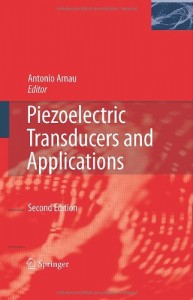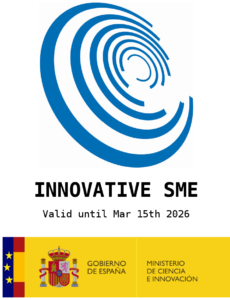A different point of view on the sensitivity of quartz crystal microbalance sensors
Authors: A. Arnau, Y. Montagut, J.V. García, Y. Jiménez
Journal: Meas. Sci. Technol. 20 (2009)
In this paper, the sensitivity of a quartz crystal microbalance (QCM) sensor is analysed and discussed in terms of the phase change versus the surface mass change, instead of the classical sensitivity in terms of the resonant frequency change derived from the well-known Sauerbrey equation. The detection sensitivity derived from the Sauerbrey equation is a theoretical detection capability in terms of the frequency change versus the mass change, which increases with the square of frequency. However, when a specific application and measuring system are considered, the detection capability of the QCM sensor must be considered from a different point of view. A new equation is obtained, which quantifies the phase shift of a fixed frequency signal corresponding to the series resonant frequency of the sensor in a reference state versus a change in the coating mass, where ηq is the loss viscosity of the unperturbed sensor and νq is the wave propagation speed in quartz, is a parameter which only depends on the physical parameters of the unperturbed resonator and fixes the maximum sensitivity of the sensor and mL = ρLδL/ 2, where ρL and δL are, respectively, the liquid density and the wave penetration depth of the wave in the liquid, is the equivalent surface mass density associated with the oscillatory movement of the surface of the sensor in contact with a fluid medium. This equation is an approximate equation around the series resonance frequency of the sensor. The simulation results for 10, 50 and 150 MHz resonance frequency QCM sensors probe its validity. A new electronic system is proposed for QCM biosensor applications based on the equation introduced.



